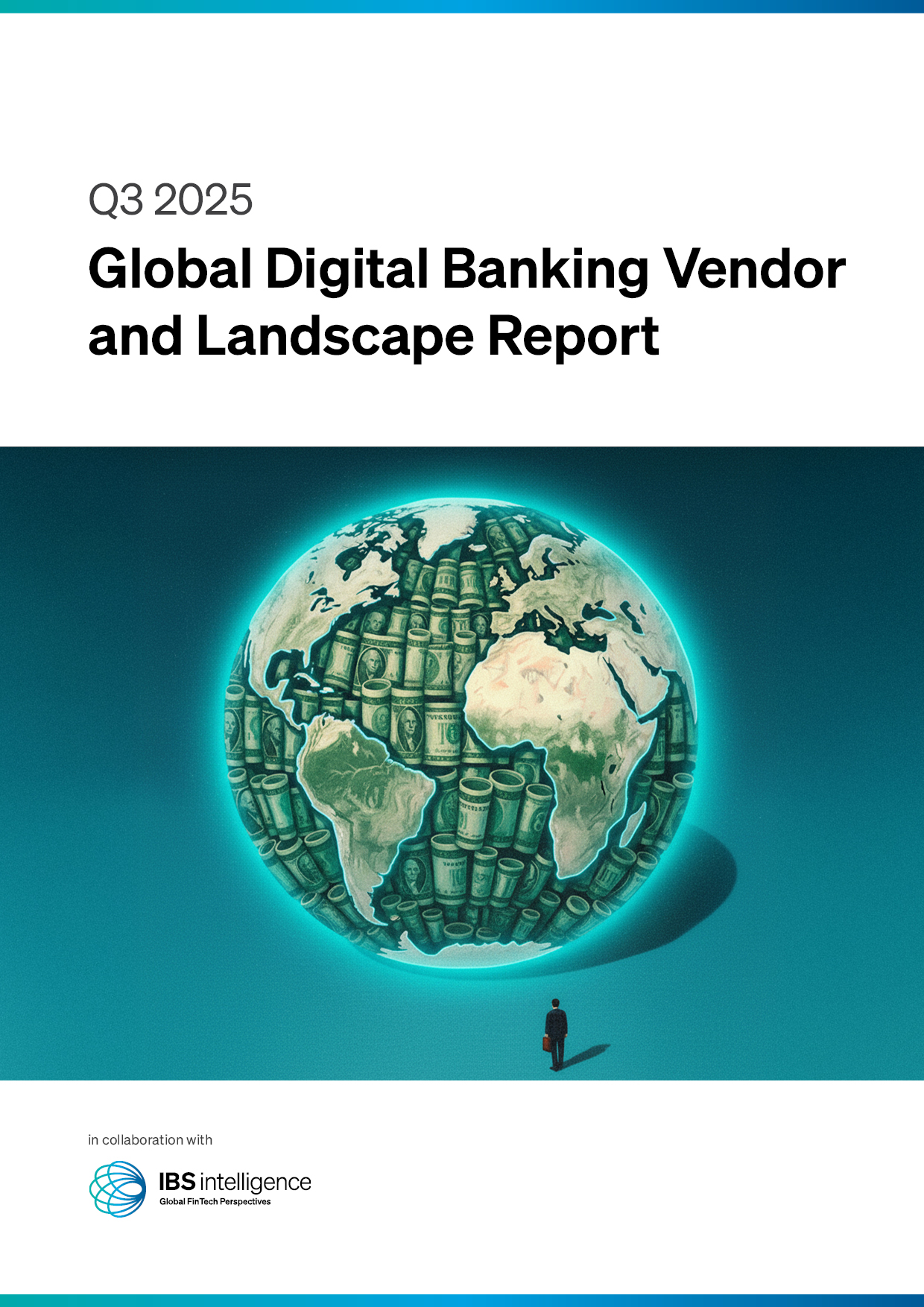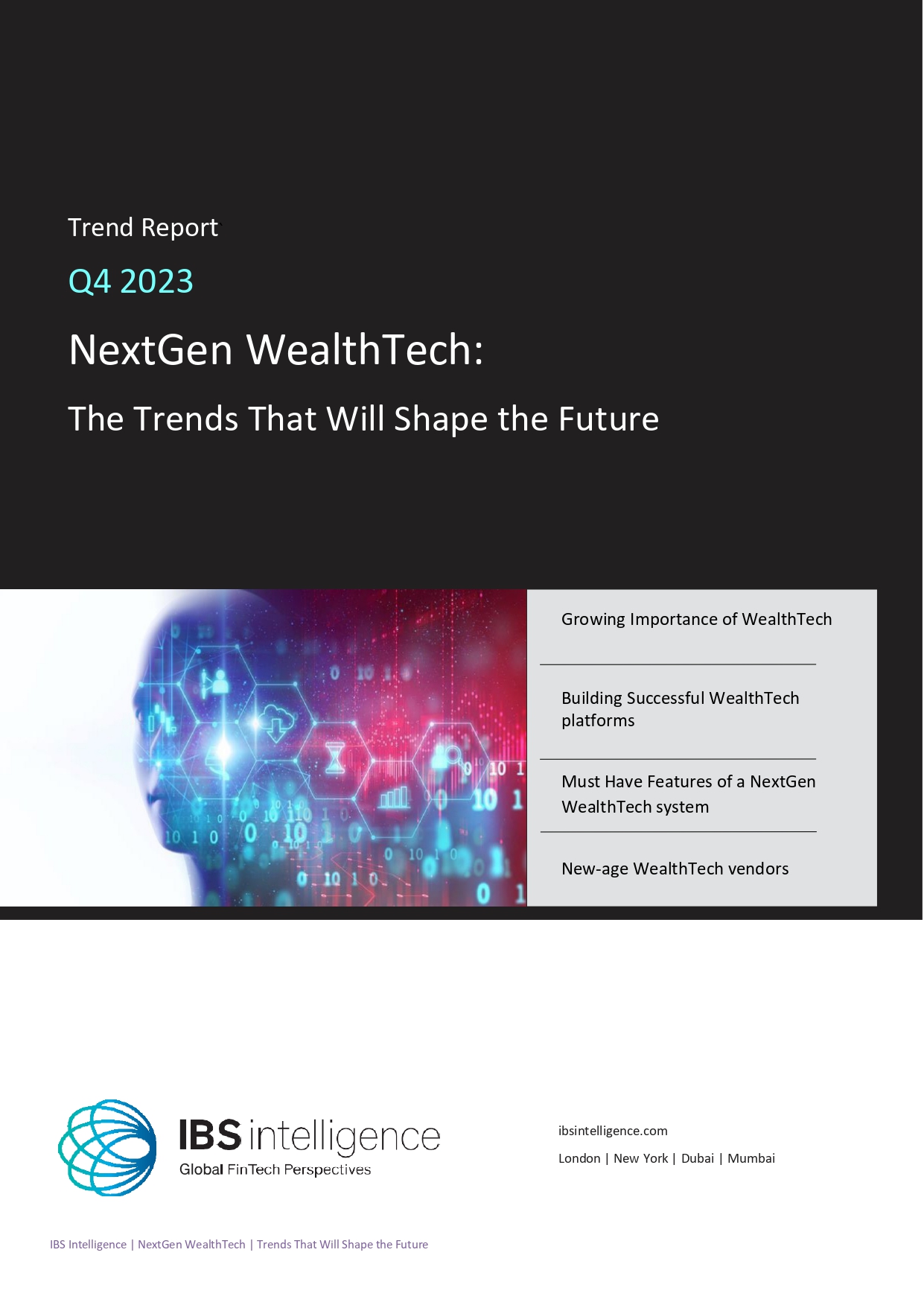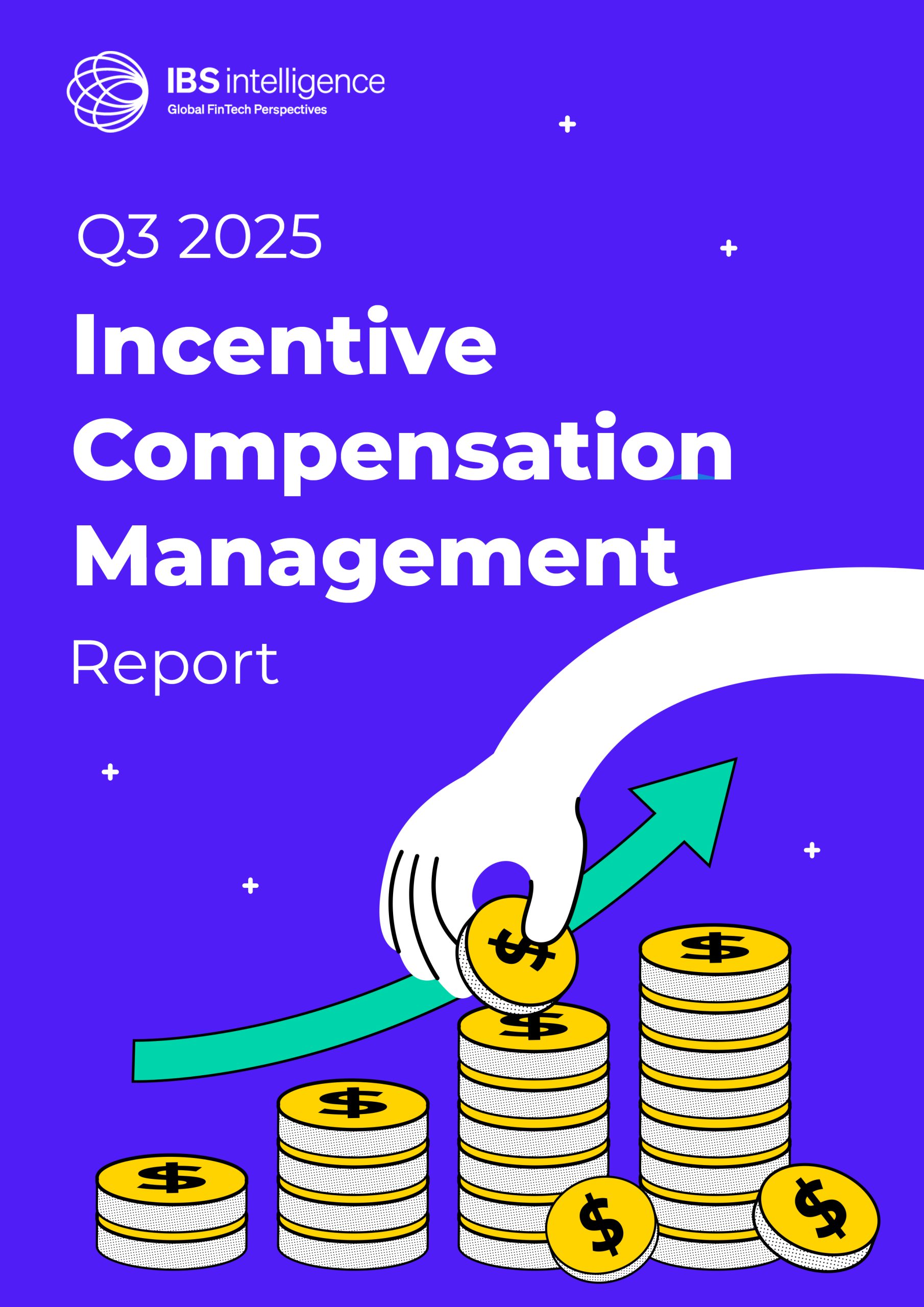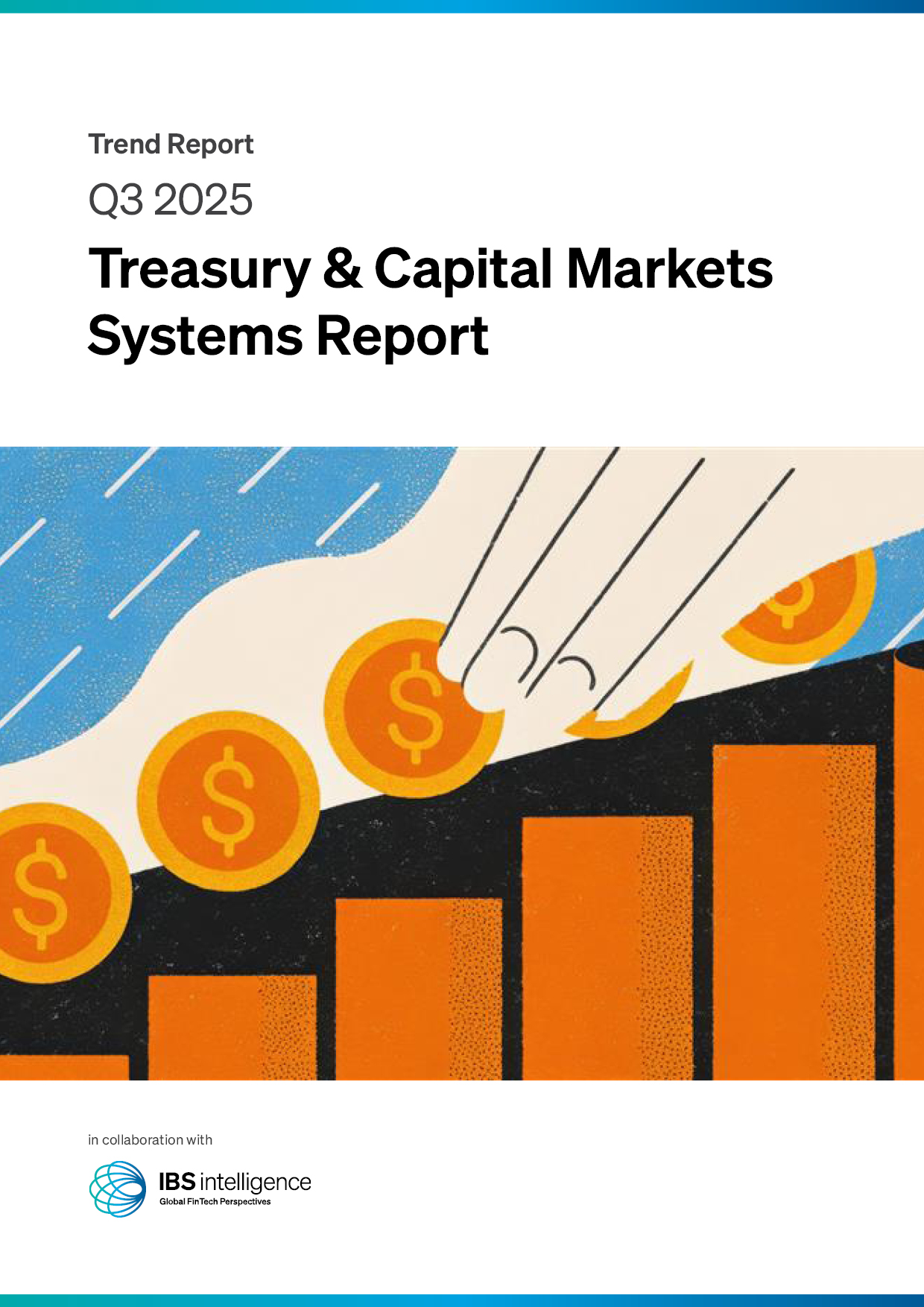 Back
Back
Europe’s public sector faces critical cybersecurity weaknesses
By Vriti Gothi

A significant majority of European Union government institutions remain highly exposed to cyber threats, with widespread weaknesses in fundamental security practices continuing to put sensitive data, public trust and national infrastructure at risk.
In an era where threat actors are growing increasingly sophisticated and emboldened, these systemic shortcomings underline the urgent need for stronger cybersecurity postures across Europe’s public sector.
The recent research evaluated the cybersecurity resilience of 75 EU government bodies. The findings were striking: 67% of the organisations were classified as high-risk or critical risk, receiving either a D or F rating. Notably, none of the institutions evaluated managed to achieve an A or B grade, a stark reminder that even at the highest levels of government, security fundamentals are still not being met consistently.
Perhaps most concerning is that every institution in the study had already experienced at least one data breach. Nearly half of the organisations with an F rating had suffered a recent breach, strongly suggesting that known weaknesses are not being addressed promptly or effectively. Breaches at this level can have far-reaching consequences, not just for the affected organisations but for millions of citizens whose data and services rely on the integrity of government systems.
One of the most alarming findings relates to credential hygiene. The research revealed that in the lowest-rated organisations, a staggering 85% of employees were reusing passwords that had already been exposed in previous leaks. The situation was only marginally better in D-rated institutions, where 71% of staff were found to be using compromised credentials. Even some institutions rated at the C level struggled with the same basic lapse. This highlights a widespread failure to implement and enforce essential policies like multi-factor authentication, regular password updates and monitoring for leaked credentials on the dark web.
In addition to poor password practices, technical misconfigurations are compounding the problem and expanding the attack surface. SSL/TLS configuration weaknesses were present in every F- and C-rated institution and in 92% of D-rated ones. Such flaws expose communications to risks like data interception and man-in-the-middle attacks, making it easier for attackers to steal sensitive information undetected. System hosting vulnerabilities were also prevalent, found in nearly all lower-tier institutions. These gaps can provide an open door for unauthorised access to critical infrastructure, enabling attackers to move laterally across networks, escalate privileges and compromise additional systems.
The research further revealed that email spoofing remains a critical gap in the EU’s public sector defences. All C-rated institutions and 96% of D- and F-rated organisations were found to be vulnerable to email spoofing, leaving them susceptible to phishing campaigns, fraud and identity deception. Considering how often email is used for official communications, this vulnerability alone poses a serious threat to both government operations and public confidence.
Research assessed these organisations across seven dimensions: software patching, web application security, email protection, system reputation, hosting infrastructure, SSL/TLS configuration and data breach history. These categories offer a holistic picture of the typical risk factors that government institutions must manage in today’s threat landscape.
For fintech companies and technology providers working closely with the public sector, these findings should be seen as a wake-up call and an opportunity. There is a clear and growing need for solutions that strengthen identity and access management, enforce best practices for credential security, and monitor for breach exposure on an ongoing basis. Fintech vendors can also play a pivotal role in helping government bodies implement robust encryption, properly configure critical infrastructure and protect vulnerable communication channels from common threats such as spoofing and phishing.
As government institutions across Europe continue to digitalise citizen services and adopt new technologies, the risks they face will only grow more complex. Addressing these persistent gaps must be a top priority for policymakers, IT leaders and external partners alike. Ultimately, building a resilient public sector ecosystem is not just about preventing breaches; it is about safeguarding democratic institutions, protecting citizens’ data and maintaining public trust in the digital era.
IBSi FinTech Journal

- Most trusted FinTech journal since 1991
- Digital monthly issue
- 60+ pages of research, analysis, interviews, opinions, and rankings
- Global coverage







